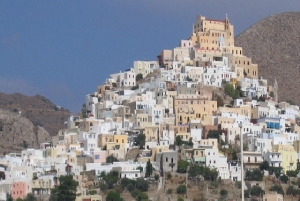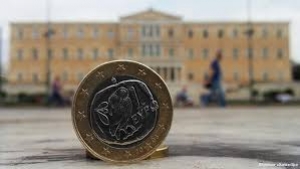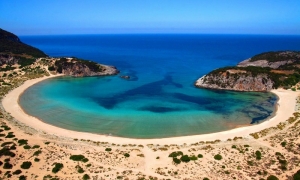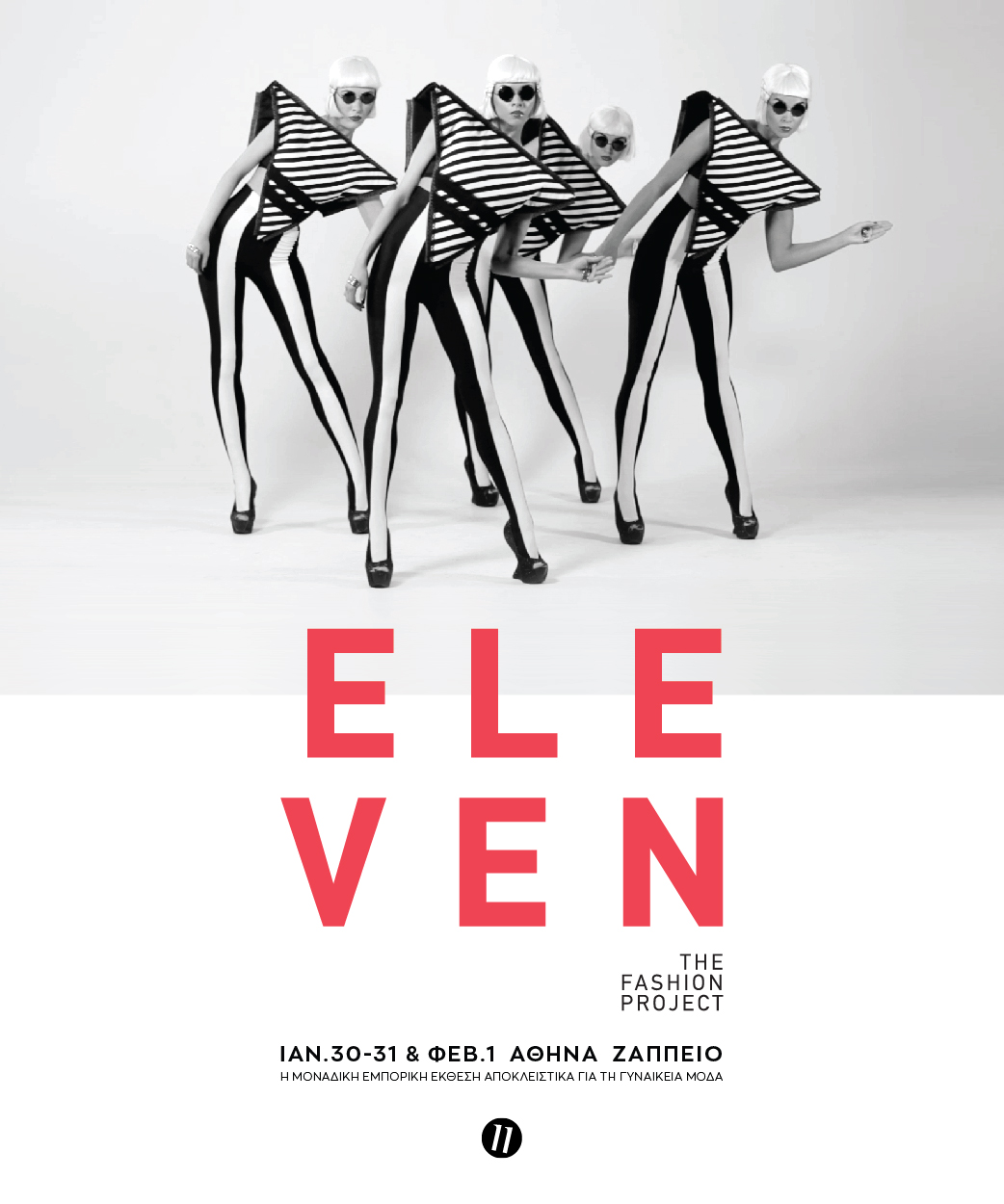Athens might be known for its ancient ruins and buzzing streets, but when summer hits, the city hides some seriously cool secrets; its rooftop and poolside escapes. From rooftop beach clubs to hidden suburban gems, these refreshing spots bring a touch of island life right to the capital. Whether you're looking to relax, work remotely with a view, or enjoy a stylish swim, here’s where to dive in.
1. Mavili Beach – A Rooftop Island in the Sky
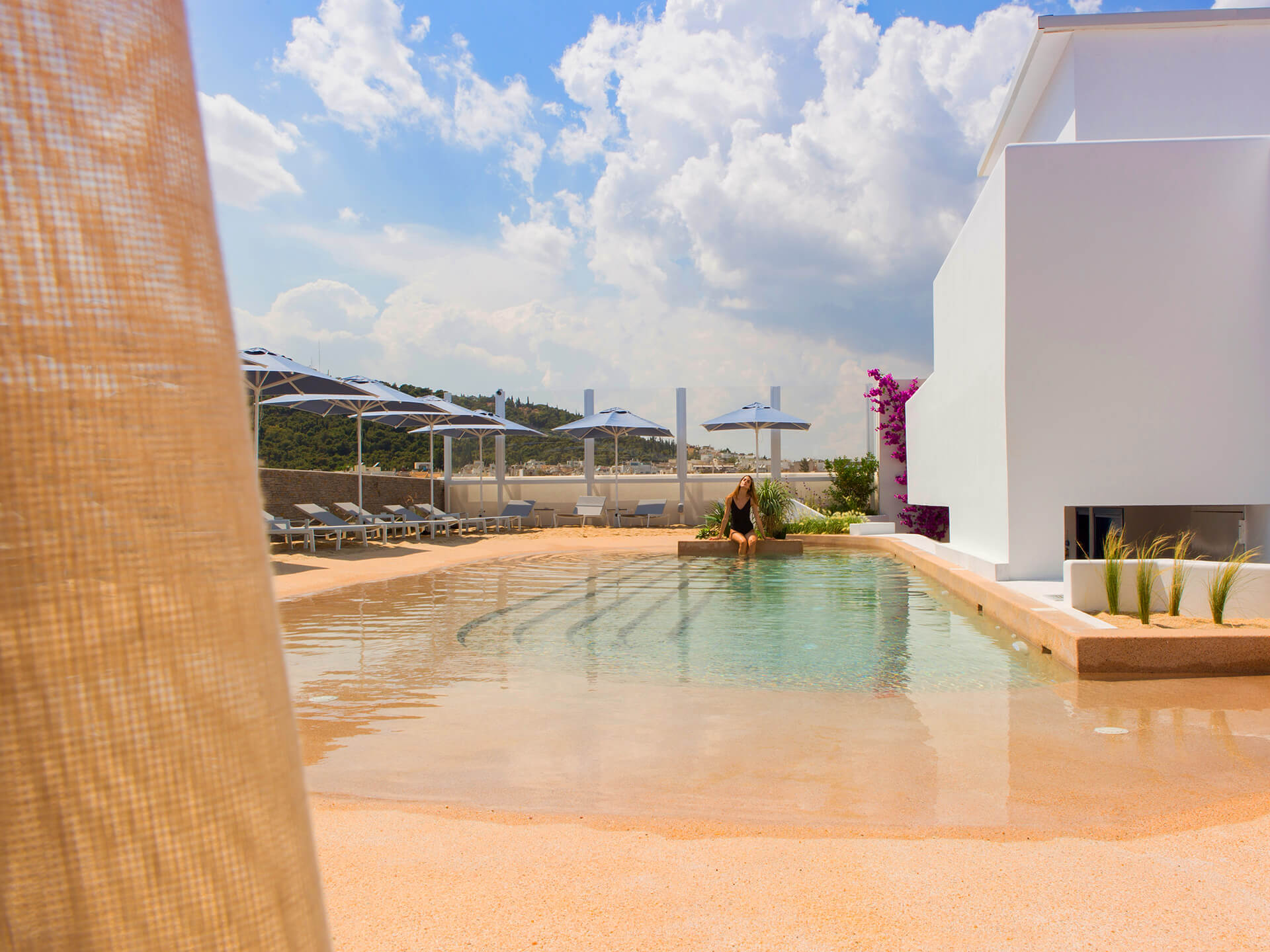
Credit: mavilibeach.gr
Perched atop the Alexandros Hotel, Mavili Beach offers a stunning twist on urban luxury. This creative rooftop space blends city style with Cycladic charm, think bougainvillea-covered corners, cobblestone textures, and even real sand underfoot. Overlooking Lycabettus Hill, it's a pocket of island serenity in the heart of Athens.
Mavili Beach is a multi-functional space ideal for work, play, or pure relaxation. Visitors can reserve sunbeds equipped with USB ports and Wi-Fi, or upgrade to beachside cabins complete with minibars and flat screens.
Day packages start from €90 and include loungers, a towel, and refreshments. Reservation required.
Location: Timoleontos Vassou 8, Athina
Telephone: 216 2007699
2. Ace Hotel & Swim Club – Cool, Casual, and Sun-Kissed

Credit: acehotel.com
At the Ace Hotel in Athens, the pool deck is all about laid-back elegance. Think cabanas, waterbeds, and a rooftop with city views made for golden hour lounging. Whether you're perfecting your backstroke or just after a sun-soaked lunch, the vibe here is effortlessly stylish.
Day passes start at €40 and include your choice of seating, towels, water, umbrella (where applicable), Wi-Fi, and access to the pool bar and food service. Reservations are required.
Location: Artemisiou 1, Glyfada
Telephone: 210 0220188
3. Vertigo Pool Bar – Luxe Views, Light Sips

Credit: sgl.gr
Located at the St. George Lycabettus Hotel, Vertigo Pool Bar combines stunning panoramic views with cool, refreshing swims. Perfect for an afternoon escape or a coffee-fueled dip, this rooftop pool is open to non-guests for €70, which includes a drink of your choice.
Children between ages 3 and 10 enjoy a 50% discount, but keep in mind: loungers are available on a first-come, first-served basis—reservations aren't accepted.
Location: Kleomenous 2, Athens
Telephone: 210 7416000
4. Ribas Riviera – Casual Pool Days, No Fuss
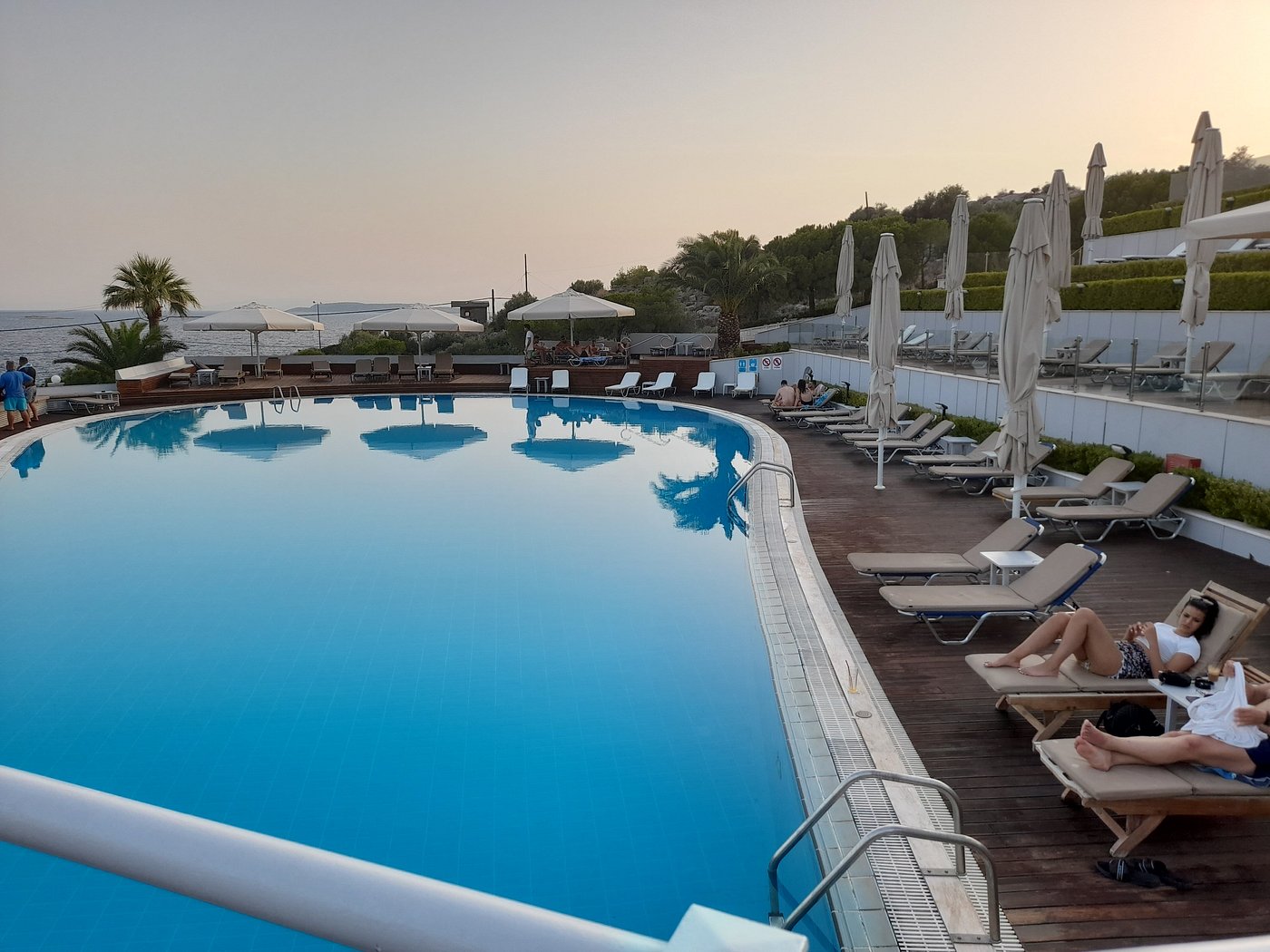
Credit: Trip Advisor
Looking for a simple, affordable pool day? Ribas Riviera, open Wednesday to Sunday from 10:00 to 20:00, offers one of the most budget-friendly urban swims in Athens. Entry starts at just €10 and no reservation is required, making it an easy choice for spontaneous sun-seekers.
Location: 32 Km. Leof. Athinon Souniou, Varkiza
Telephone: 210 9656150
5. Pisina Piraeus – Coffee, Brunch, & Poolside Bliss
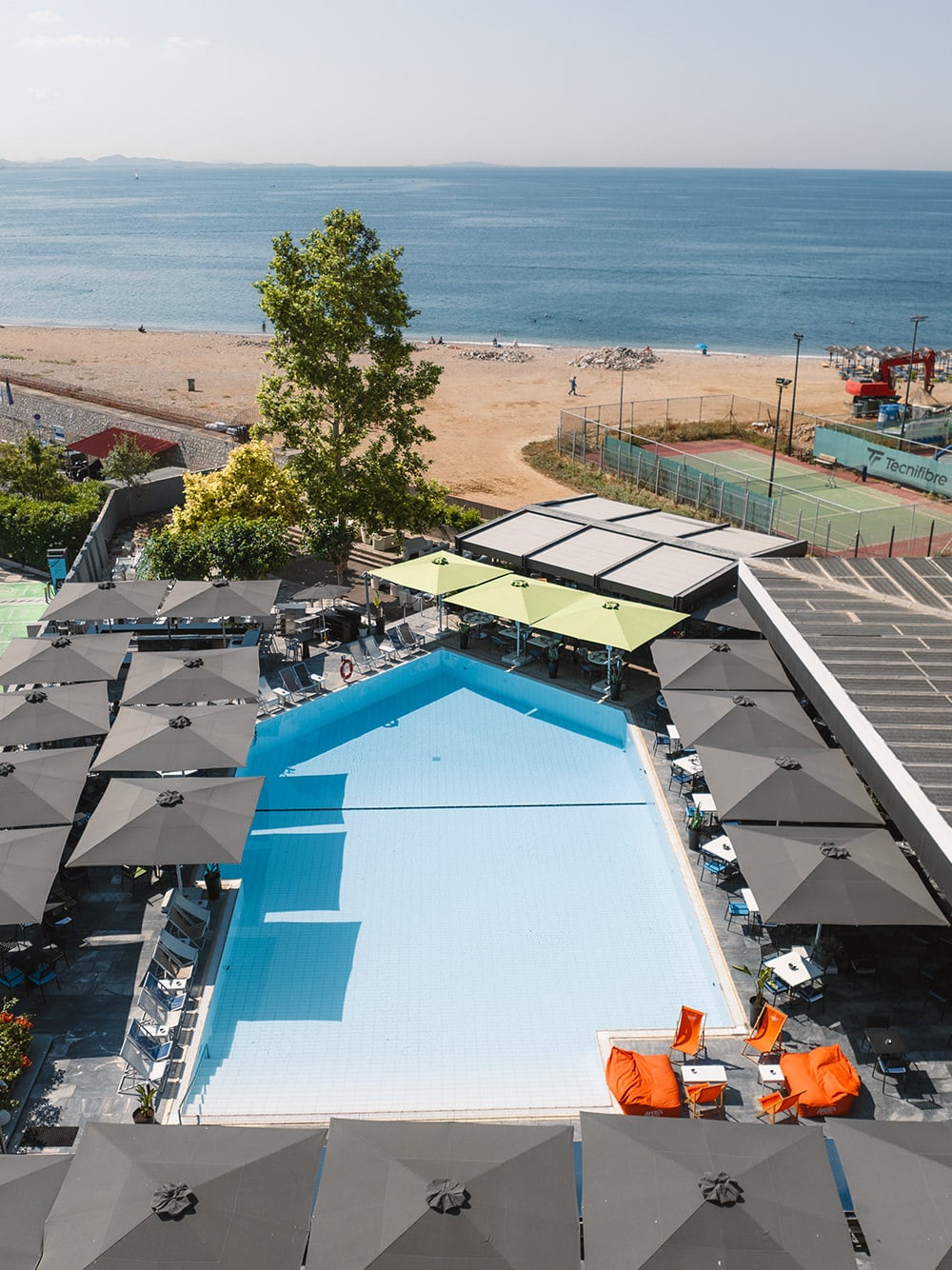
Credit: pisinacafe.gr
Located in Piraeus, Pisina is more than just a pool, it’s a full experience. You can start your day with expertly crafted coffee (complete with latte art), enjoy handmade desserts or a hearty brunch, and lounge by the pool in a calm, stylish setting.
Baristas here are trained to tailor your coffee exactly the way you like it, and if you're not into caffeine, they’ll whip up a fresh juice or a seasonal smoothie. It's a welcoming space where quality and comfort go hand-in-hand.
Location: Akti Themistokleous 25, Piraeus
Telephone: 210 4511324
Make a Splash in the City
Athens may be known for its history, but its pool scene proves the city knows how to do summer in style. From luxury rooftops to relaxed local favorites, these swimming spots offer the perfect way to cool off and enjoy a different side of the capital.













